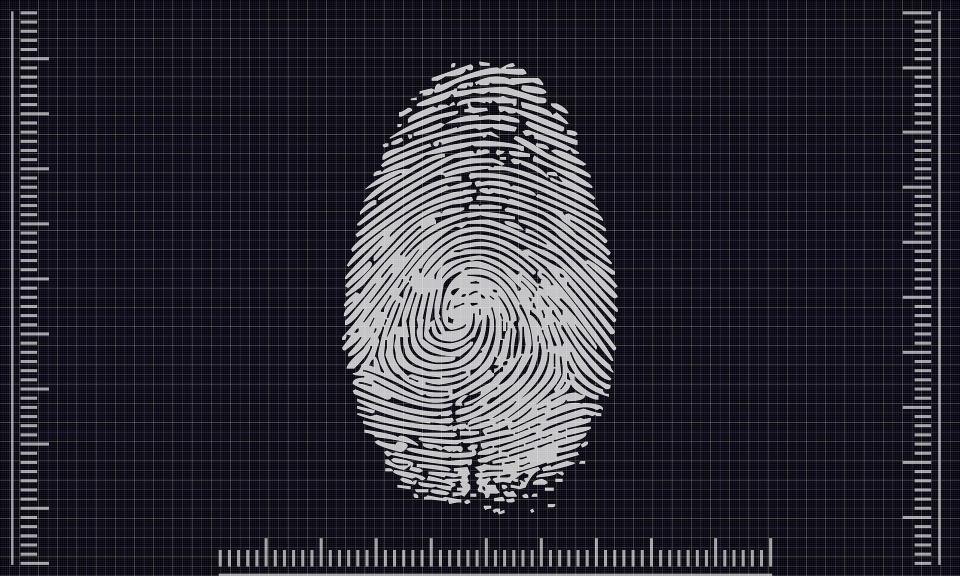
Bringing the past to life through forensic analysis
By analysing prints from medieval wax seals, an Aberystwyth University researcher has developed a greater understanding of medieval society, furthered heritage conservation, and contributed to cutting-edge developments in forensic science and fingerprint analysis.
In medieval Britain, people across all levels of society owned and used seals. These seals were imprinted in wax principally to verify legal documents. Large numbers of them survive in archives across the UK.
Although historians have learned a lot from the images and text on seals, the finger and palm prints often found on the reverse of the wax had previously been neglected as a source of information.
Modern forensic techniques
Combining specialist forensic skills with historical research, Dr Elizabeth New of Aberystwyth University, Investigator for the Arts & Humanities Research Council funded Imprint project, undertook a study of finger and handprints to discover what they can tell us about the development of administrative and legal practices, the people involved in the act of sealing, and the lives of everyday medieval communities.
The Imprint team used modern forensic equipment to create images of the wax prints, combining them with photographs of the seal impressions and documents to create a large database.
The results are freely available at the project’s website, www.imprint.org They provide information about the:
- contents of the documents
- people involved
- wording and motifs on the seals
- nature, quality, and matches for the prints
Understanding medieval society
Dr New’s research has led to a greater understanding of medieval society, furthered heritage conservation and contributed to cutting-edge developments in forensic science and fingerprint analysis.
The project led to a better understanding of the practice of sealing and its links to personal identity including that:
- seals were owned by a very diverse range of people from across society
- women, including married women, were involved in authenticating documents
- a third party sometimes held the wax into which someone else made an impression, suggesting that the act of sealing to authenticate a document was becoming separated from the performance of the exchange itself
Imprint also had a significant impact on professional heritage practice.
- As a result of the project’s findings, archivists changed how they regard medieval seals, and their approach to conserving sealed documents and cataloguing seals.
Dr New’s research is also uncovering new information about the composition and origin of medieval wax.
Imprint used a Crime-lite Imager™ to create images of the handprints. The CLI is designed for crime-scene analysis, and its use on the project helped the manufacturer (Foster & Freeman Ltd) improve the equipment and software, and uncovered new information about how fingerprints survive on wax and the ways in which they can be analysed for forensic investigations.
Research team
Dr Elizabeth New – Aberystwyth University
Professor Philippa Hoskin - University of Lincoln
Research partners
Dr Karen Stow and Luke McGarr of Forensic Focus Ltd; the University of Sheffield’s Humanities Research Institute; The National Library of Wales; Hereford Cathedral Archives; Exeter Cathedral Library and Archives; Westminster Abbey and the Lincoln Cathedral Archives
